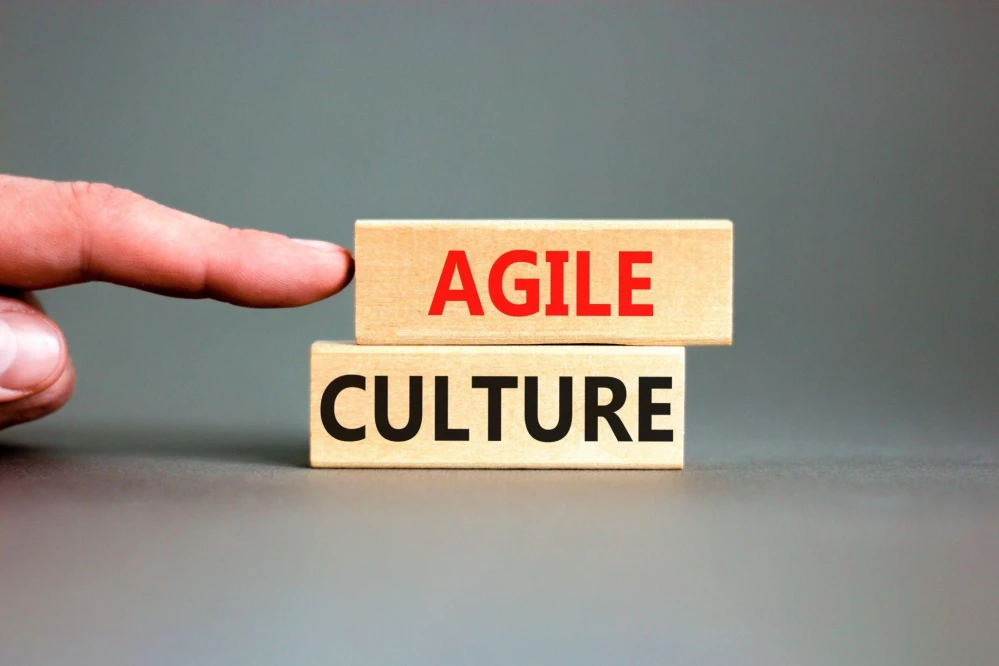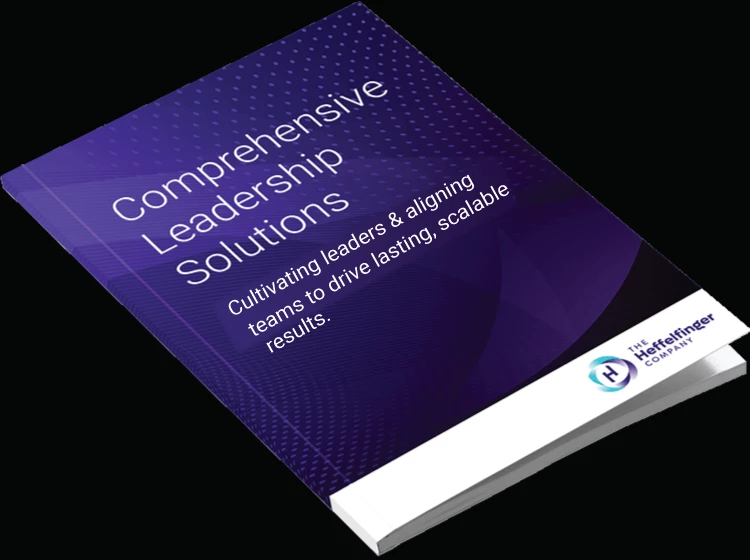"You can decide to return back or “forward” to work.” ~ Samuel Liberant
As the result of our recent webinar “Preparing Your Teams for the Transition Back to the Workplace”, we were very impressed and inspired by our two panelists Julie Currie, VP HR Western Digital and Sam Liberant Organizational Development and Workplace Change Consultant at NBBJ Design. We want to continue this conversation this week at our June 5th Zen Friday event with another Panelist, Sally Breyley Parker Founder of Time Zero Enterprises. Sally specializes in Living Systems Organization Design and writes and speaks on the subject widely.
We would also like to engage YOU, our blog audience, as well, in this conversation – if you are game – because we are sure that you have a lot of questions. We also know the answers will vary significantly by industry, organization type, leadership styles, the “work itself,” employee preferences, plus many more. We expect this is not the first conversation nor will it be the last conversation we’ll have with you and others. This will take the wisdom of many to sort out.
In our blog Transitioning Our Team for the Next New Normal, we looked at three phases in transitioning back to the “office”: short-term, mid-term, and long-term. We focused on short-term and mid-term while we are moving to the long-term THE NEW NORMAL. They are integrated and overlapping as we transition back to the office.
Key Considerations for a Return to the Workplace
(Excerpts taken from “A Return to the Workplace” Webinar Recap Blog by Samuel Liberant)
Set Intent and Design for What Matters
It is important to know the relationship people currently have with the office and what truly matters to your organization. The goal is to add intentionality to designing the experience and to remember that the workplace is a space for people to walk the culture.
Use Design to Amplify Perspective and Engagement
In the workplace (and in life) people connect through movement. Movement needs to be taken into account for planning a return. Include people in the dialogue as an opportunity to engage and give choice - remember inquiry opens possibility. This exercise is about merging physical, digital, and human worlds to drive results, during changing times.
Conducting Business Will Need an Adjustment
Adjustment means change. Change management practices can help. There are plenty of frameworks and tools to support a new way of conducting business. One tool that might be useful is ADKAR, to assess where people’s levels of Awareness, Desire, Knowledge, and Ability to return to the office is, and plan for where it could be. (R for Reinforcement is not pertinent to this discussion – ed.)
Providing Guiding Principles That Give People Choice
Companies should use governmental guidelines and best judgment to amend or relax policies as needed. Create a path to maximize wellbeing for employees as they return to the workplace.
Employee views may be dependent on:
- Government restrictions and guidance (i.e. ability to operate)
- Financials (i.e. personal money)
- Infrastructure (i.e. technology, home setup, including other people)
- Existing capability and capacity (knowledge)
Assumptions of The “New Normal” in 2020
The “new normal” is very dependent on your industry, geography, company culture, capability, and financials. There is not one “new normal” but rather an emerging one. Emergence requires us to be present and work with uncertainty.
When it comes to corporate America and the future of work, the workplace conversation may include topics such as:
- Blended Workplace (how and where people work)
- Changing work practices (the activity will define the choice space and therefore location)
- Workplace innovation (continuously improving ways of working)
- Space utilization (increase and/or de-densifying strategies)
Advice from Samuel:
- Intentionality: Bring intentionality to what you do in the short term. It will serve your organization in the long term.
- Empathy: Presence is key. Consider your multi-generational employee’s perspectives and let those inform decisions. Rely on the influencers to push change forward.
- Flexibility: The ability to be flexible and adaptable will serve your business. The development of new skills during these times determine to what degree your company will be able to respond.
- Exercise Choice: You can decide to return back or “forward” to work.
- Back to Work is the choice to remain focused on original space and organization.
- Forward to Work is the choice to reflect on the past with a focus on the future, making changes to work habits to revive a new workplace that is better for all.
- Enjoyment: Celebrate small wins. Create tokens of appreciation, rewarding people who contribute to a greater sense of calm and safety in the workplace.
*****
Gallup:
A recent Gallup research on remote workers emphasizes more than ever the need to take into account what employees have just experienced in the COVID-19 Quarantine the last several months:
- Those who spend 60% to 80% of their time working remotely are the most likely to be engaged. And the less time they spend in the office, the more progress they say they make.
- Managers need to have five different types of conversations with remote workers to encourage performance: role and relationship development, quick connect, check-in, developmental coaching, and progress review. And these conversations need to focus on an employee's individual achievements, collaboration with their team members, and their customer value. We talked about four types of conversations in a recent blog.
- Remote employees are 3x times more likely to be engaged if they receive feedback from their manager at least a few times per month. But if they have conversations with their managers every week or more, they are also 3x more likely to strongly agree they are motivated to do outstanding work.
- Isolation and loneliness are two different things, and managers need two different solutions for them. Isolation can be resolved by access to people, decisions, technology, and equipment. Loneliness reflects a lack of meaningful connection -- and the definition of "meaningful" depends on the worker. Managers need to know that definition for every person on their team and individualize accordingly.
- Remote workers are 27% more likely than nonremote employees to strongly agree they have the materials and equipment to do their work right. Managers of remote employees can make better decisions about materials if they ask, "How will this new tool or piece of equipment help you as an employee, help our company, and help our customers?"
Here are some of our initial inquiries and questions.
- How are you/your organization reimagining work? Are you?
- How are you thinking about remote work vs. on-site work?
- How are you thinking about the new flow of work? Has the work changed? Are some functions more critical, less critical? Do you need new roles? Is travel still required?
- Handling less busy functions? This could be an opportunity to reconfigure the work.
- How are you involving employees in these conversations?
- How will you create a truly inclusive workplace this time around?
“If I had an hour to solve a problem and my life depended on the solution, I would spend the first 55 minutes determining the proper question to ask…” Albert Einstein
Call to Action!
This topic has even more meaning for us this week. Perhaps it should have America Reimagined?
But let’s start one organization at a time. One person at a time.
Let’s reimagine our workplaces and in turn reimagine America.
Nike Releases New Film “For Once, Don’t Do It.”
James Jackman, MSOD & Lori Heffelfinger, MSOD, PCC







